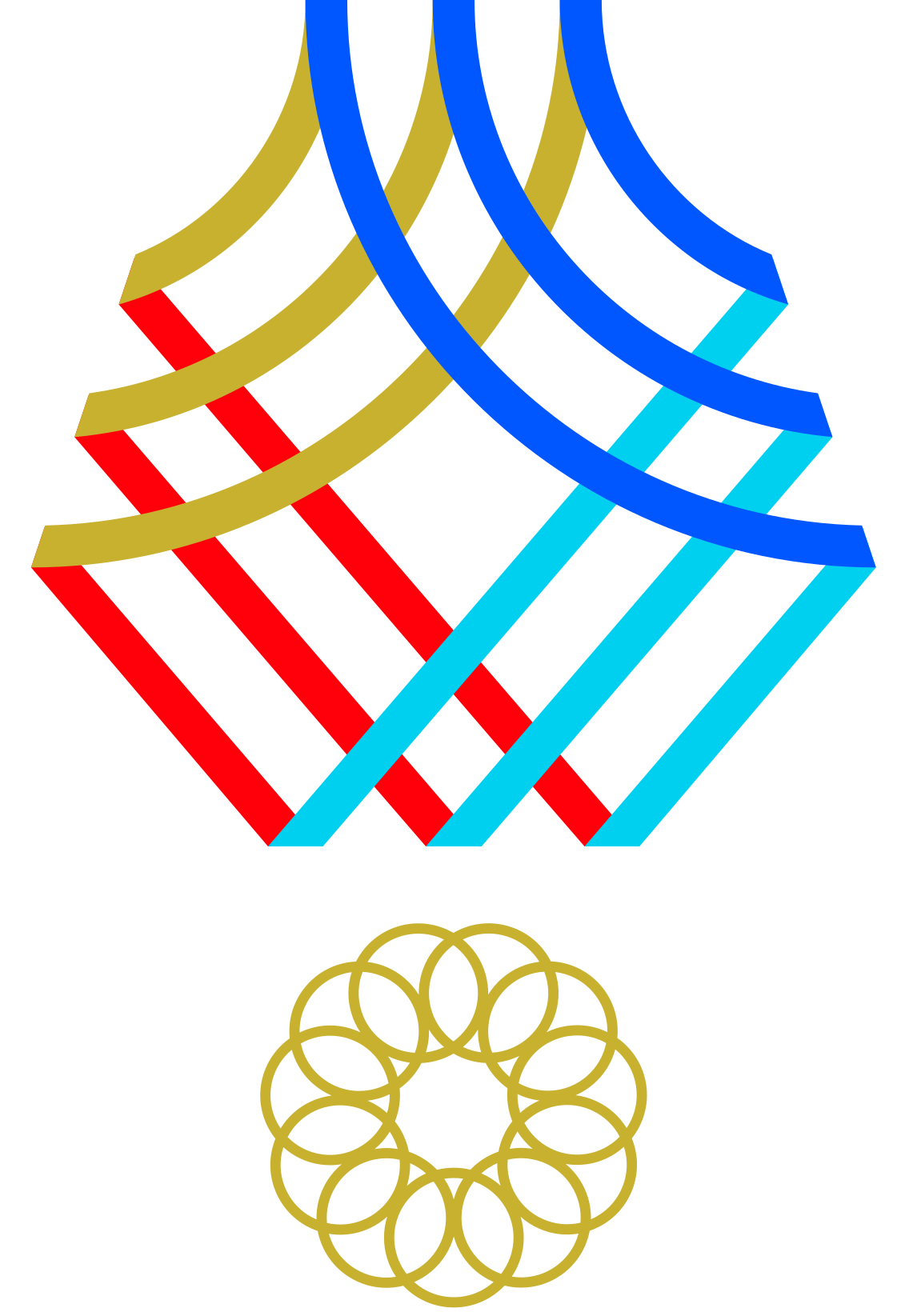NOVI SAD, May 22: Serbia’s student protest movement has no leaders, and its decision-making process is slow and laborious, but activists swear by its founding principle: direct democracy via meetings on campus.
When a newly renovated railway station roof collapsed last November in the northern city of Novi Sad, killing 16 people, first came the grieving, and then the anger.
Students took to the streets to denounce what they saw as the deeply rooted corruption that had made the disaster possible.
Then they organised themselves into a national movement — and a keystone of that movement was direct democracy.
It was these meetings, known as plenums, held behind closed doors on campus that decided whatever action they were going to take — from 16 minutes of silence in tribute to the dead, to marches or calls for strikes.
Any student can participate and vote in a plenum.
“Direct democracy allows us to stay united… to continue this movement for a fairer system,” Maja, a 23-year-old student from the Novi Sad University’s science faculty, told AFP.
“We have a core value: be leaderless,” she said.
At the first improvised plenum held in Novi Sad in December, four faculty amphitheatres were fully packed, recall those who attended.
The organisation was chaotic, lacking clear structure.
So the students set up a colour-coded file to filter out trouble-makers — those who repeatedly broke the rules or tried to disrupt the movement.
They assigned separate rooms to working groups tackling specific tasks such as donation management, inter-faculty coordination, or which slogans to adopt.
Six months on from that first meeting, discipline reigns.
Serbia saw massive protests in the 1990s, and from 2016 they came in almost annual waves.
But the “intensity and the scale of this protest is unparalleled compared to the last 30 years”, said Vujo Ilic, a political researcher at Belgrade University.
“It’s also qualitatively different precisely because of the plenum… direct democracy,” he told AFP. “That has never been combined with the mass protests previously.”
Rather than linking it to Serbia’s communist past, Ilic linked this form of organising to progressive social movements from the West such as the Occupy Wall Street movement in 2011.
Serbia ranks 105 out of 180 countries on Transparency International’s latest global corruption perceptions index, its worst score in more than a decade.
So Serbia’s students, wary of the country’s political parties and institutions, drew up their own rules and stuck to them, Ilic said.
Students attending vote on the agenda at the start of each plenary session. Speeches are timed and supervised by rotating moderators.
Each faculty has its codes for voting, clarifying and correcting comments made during discussions, and everything is transcribed to be shared in online groups.
“It is a rigour we try to stick to. It is sometimes complicated, and difficult to synthetise arguments,” said Maja, who was starting out in activism.
“It’s a learning process.”
Plenary sessions are sometimes laborious, with a lot of tensions, and they can last for hours.
“It’s definitely the slowest” process, said Andjela, a student at Belgrade’s Business and Applied Arts Academy.
It took three months from the fall of the government in February to the students’ formal call for snap parliamentary elections.
“But that’s the process we trust,” Andjela said, adding that it was the “only way to bring a decision at a higher level and to make everyone involved.”
“That’s the democratic body we chose to be the best.”
That also makes it harder for President Aleksandar Vucic and the pro-government media to target individual activists.
“They cannot blame all of us because there are thousands of us,” Andjela said.
And the students’ decision to keep their distance from party politics has also won them sympathy, even if Vucic regularly accuses them of being manipulated by foreign powers.
“We are done with your demands,” he told supporters at a rally on Saturday, referring to the students.
Young people — who make up more than 18 percent of Serbia’s population of 6.6 million — are trying to expand their methods, notably in areas far from major cities.
“Whether their practices can really be scaled up, whether they can travel outside the universities, that’s a big question,” Ilic said.
Regardless of developments, however, it will “always have legacy of a social movement”, he added.
The months of activism could lead to some sort of student political organisation.
Their system might also have a lasting impact in Serbia, where citizens distrust elections, political parties and parliament.
It has been a “transformative experience both for the students and society”, Ilic said. – TVS












